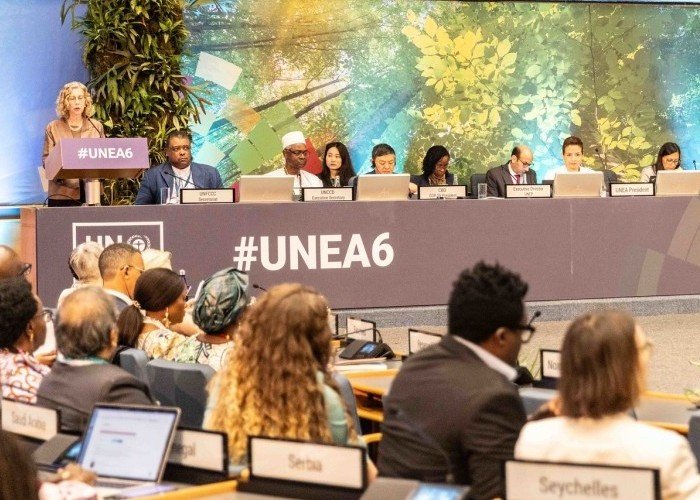Summary: NASEM Report on Developing a Research Agenda and Examining Governance Approaches for Climate Intervention
On March 25, 2021, the National Academies of Sciences, Engineering, and Medicine (NASEM) published Developing a Research Agenda and Research Governance Approaches for Climate Intervention Strategies that Reflect Sunlight to Cool Earth, a long-awaited report that SilverLining played a role in bringing to bear. You can read SilverLining's statement on the report here.
The report follows a 2015 NASEM study on climate intervention, which found that methods for increasing the reflection of sunlight from the atmosphere were the most promising options to rapidly reduce warming in climate, and concluded more research was necessary. The new report was released shortly after a broader report on the US Global Change Research Program (USGCRP), recommending a reprioritization of U.S. climate research to prepare for and avoid urgent climate risks to the security and well-being of Americans, all the while protecting vulnerable communities.
Report Summary
The NASEM report highlighted the following conclusions and recommendations:
The urgency of climate change requires a full scientific understanding of possible options to respond. Therefore, the U.S. should establish a multidisciplinary, coordinated, and well-resourced research program on solar climate interventions, with a budget of $100-200 million over five years.
The U.S. Global Change Research Program (USGCRP) should be the entity responsible for coordinating research across federal agencies and with research programs outside the United States as part of its mission to advance understanding of effective options for managing urgent climate change risks at all scales, from local to international.
Specifically, NASEM recommends that the USGCRP should facilitate the development of complementary research activities among federal agencies according to existing scientific capabilities and foster relationships and knowledge-sharing across disciplines. The USGCRP should also ensure oversight and transparency, particularly of outdoor experimentation, and support and inform the future development of international governance.
NASEM recommends that the USGCRP-led climate intervention research program should research the following three areas:
Context and goals for climate intervention research, which will require research to explore future conditions and persistent uncertainties that will affect decision-making on climate intervention, as well as designing strategies to maximize the prospects for broadly beneficial outcomes. This includes building the capacity of countries to engage in climate intervention research and informed decision-making.
NASEM affirms that climate intervention research should promote international cooperation, especially with researchers from the Global South. The report highlights the work of the Developing Country Impacts Modelling Analysis for Solar Radiation Management (DECIMALS) fund as an example of programs that should receive increased investment. The DECIMALS fund at the Solar Radiation Management Governance Initiative (SRMGI) is an inaugural grantee of SilverLining's Safe Climate Research Initiative (SCRI).
Impacts and technical dimensions, such as studying the technical properties of reflective particles and their interactions with atmospheric processes, researching climate impacts and coupled ecological and human systems, and the technology development and systems design needed for conducting and observing research.
NASEM recommends $100-200 million in funding over five years to study topics related to stratospheric aerosol injection (SAI), marine cloud brightening (MCB), and cirrus cloud thinning (CCT). These topics are three promising solar climate intervention strategies, but must be integrated into a much larger systems-based research effort within the USGCRP to understand the complex interactions and options among mitigation, adaptation, solar climate intervention, and strategies to address other societal priorities.
Social dimensions, including research developing effective governance, informing ethical considerations, studying public perceptions and engagement, and exploring the dynamics of international cooperation.
The NASEM recommendations on the social dimensions of climate intervention research reinforce the overall recommendations to the USGCRP to prioritize efforts to be inclusive and representative, and to prioritize justice via research that highlights consequences and opportunities for underserved communities. The social dimension research also promotes USGCRP guidance for increasing the usability and relevance of research by adopting a co-production process to researchers with stakeholders and decision-makers, as well as recommitting to a sustained assessment process. These features are critical aspects for providing society the information needed to understand the potential for climate interventions to protect the safety of human and natural systems, within the next five years.




